Jung and the Labyrinth of Addiction
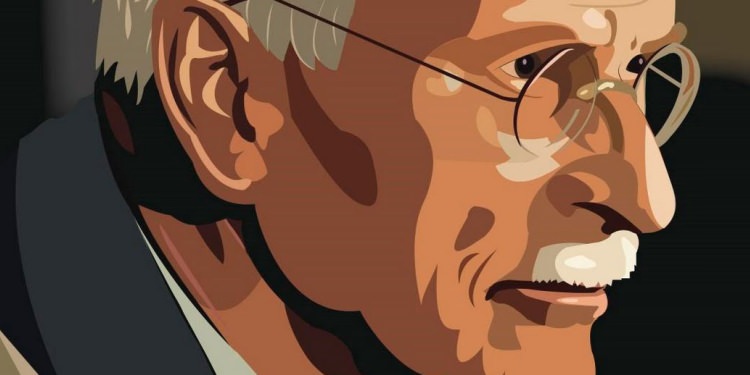
Editor’s Note: Carl Jung had more experience with dealing with and treating addiction, and more of an impact on the origins of Alcoholics Anonymous, than is usually acknowledged and for which he is given credit.
In a second letter to Jung, dated March 20, 1961, Bill Wilson wrote: “(Your) views had an immense impact upon some of the early AA members. We saw that you had perfectly described the impasse in which we had once been, but from which we had been delivered through our several spiritual awakenings. The ‘spiritual experience’ had to be our key to survival and growth.” Bill’s appreciation for Jung’s understanding of a spiritual experience was no doubt a result of his own white light experience in December 1934, in Towns Hospital – belladonna induced or not.
Today’s article is meant to be a follow-up to bob k’s article last Sunday, Carl Gustav Jung. It goes into more depth in terms of Jung’s understanding of addiction and recovery, in particular as he understood these things in terms of our human psychology. The article especially delves into Jung’s notion of archetypes – patterns of behaviour inherent within the psyche and common to all humans – as it has been explored by post-Jungian writers.
This article was originally written by Mary Addenbrooke and published in The Society of Analytical Psychology: Jungian Analysis and Psychotherapy in Great Britain. Thanks especially is due to Laurie A., author of several posts on AA Agnostica and a former newspaper and BBC journalist in the UK, for bringing it to our attention.
By Mary Addenbrooke
Jung wrote little about addiction. He claimed that he was afraid of being misunderstood by the scientific community of his day. However, he has had a profound influence on one source of help available to people with problems of addiction. This is his link, indirect though it was, with the founding and philosophy of Alcoholics Anonymous. This “Fellowship”, as AA members call it, has spread all over the world and has not only helped millions of people struggling with their addiction to alcohol, but in turn has spawned various other self-help groups for those with addictions of other sorts as well as groups for their family members and friends. Because of the anonymity factor, the numbers are never precisely known, but judging by the conventions of members held from time to time, the Fellowship can be seen to be still growing.
It is fortunate that William Wilson, one of the founding members of Alcoholics Anonymous, wrote a letter of appreciation to Jung only a few months before Jung’s death in 1961. In his letter and in Jung’s reply we are presented with a glimpse of Jung’s perspective on addiction. Jung’s psychology, in terms of both his concept of self and ego and of archetypal influences, gave him a unique understanding of its problems and of the immense challenge involved in recovery.
The founding of Alcoholics Anonymous
In the early 1930s a patient of Jung’s, Roland H., stopped drinking during his analysis but relapsed soon afterwards. He returned to Jung, asking to resume the analysis to help him to become abstinent once again. Jung refused, telling him bluntly that nothing less than exposing himself to the experience of a genuine conversion could be effective – and that even that might fail. Jung’s patient was utterly shocked – an example of the rock bottom experience of many an addict. Unbeknown to Jung, Roland H. returned to the U.S.A where he joined the Oxford group which had helped many alcoholics to become sober. Within this group he did undergo a religious conversion and he became sober. It was in part his influence that led to the founding of Alcoholics Anonymous. As Wilson wrote to Jung, “This astonishing chain of events actually started long ago in your consulting room, and it was directly founded upon your own humility and deep perception.”
Jung’s exposure to the effects of alcohol
We know that Jung was familiar with the effects of his own drinking early on, from his description of a visit to a distillery at the age of fourteen. He describes the effect of being “gloriously, triumphantly drunk. There was no longer any inside or outside, no longer an ‘I’ and the ‘others’, No. 1 and No. 2 were no more (he is referring to his sense of having two dissimilar personalities within him); caution and timidity were gone and the earth and sky, the universe and everything in it that creeps and flies, revolves, rises, or falls, had all become one.” The experience remained “a discovery, a premonition of beauty and meaning which I had spoiled only by my stupidity” – on the way home he fell over drunk in the street!
Jung’s exposure to the problems of alcoholism commenced at the very start of his career. His first position as a resident medical assistant was at the Burghölzli Psychiatric Hospital in Zurich where 13% of patients admitted were recorded as suffering from “alcohol poisoning.” He wrote about three of these cases, which gives us an idea of treatment of the time. Alcoholics were treated very much the same as the patients suffering from other mental diseases. It is interesting that at this stage, although Jung described the dysfunctional family backgrounds of these patients, he made no link between their drinking and their life experiences.
During his time at the hospital, he was called for his military service in the Swiss army, and he observed that there was a high incidence of alcoholism among the young army recruits. 12.9% of the recruits were discharged as unfit owing to chronic alcoholism and he notes the fact that many were not labeled alcoholic, but according to precise physical symptoms, so that the extent of the problem was obscured. He became well aware of the hypocrisy and shame which surrounded alcoholism.
Jung’s philosophy of addiction
Jung understood the psychological function of drugs in a different way from other psychoanalytic writers, not merely as changing mood (calming or stimulating), but actually changing what happens in the inner world. This means not simply masking psychic distress but actually removing the cause of the distress for the time being. Chemical substances, he knew, work at a deep level of psychic functioning, blurring the boundaries in the inner world. Splits are abolished, the fragmented worlds become merged. Once someone has experienced this sense of wholeness, they may well want to experience it again and again. The wholeness that comes with intoxication is an illusory wholeness with a numinous power which dissolves when one sobers up. So the search to repeat the experience begins, and it is not one that is readily given up.
He was the first and only thinker in the field of psychoanalysis to grasp the underlying secret of enduring recovery from addiction. Alcoholism, he believed, involves a spiritual thirst for a sense of wholeness – the true secret of its numinous power and the reason why a person can be led into an addiction. He understood intuitively that only a radical conversion to something equally satisfying to the individual at a deep level can promote recovery. Furthermore, he sensed the intense loneliness forced upon addicts by the shame and secrecy of their addiction, not unlike the sense of isolation he himself had experienced as a child and adolescent. He likened the growing sense of alienation of an addicted person to being “outside the protective wall of human community.”
The value of his thinking has been proved by the world-wide success of AA in helping millions of alcoholics, and from that beginning, the development of other branches of the self-help group movement, such as AlAnon and Narcotics Anonymous.
Archetypal aspects of addiction
Certain archetypal themes relating to addiction have been explored and illustrated in detail by post-Jungian writers.
Initiation into adulthood
Luigi Zoja examines the use of drugs among young people as the resurgence of a collective need for initiation into adulthood. He explores the phenomenon of illicit drug use in Western societies against the backdrop of an arid, hungry consumerism that is manic in quality and allows no pauses in the relentless pace of modern life. He maintains that initiation ceremonies have all but disappeared in the West to our great loss, setting the scene for an existential sense of meaninglessness within the individual. Drug users, he maintains, get things the wrong way round, putting rebirth, in the experience of drug using which gives enhanced access to unknown parts of the self, either through change in consciousness or an overriding of superego censorship, before death, represented by hangovers, etc., whereas initiation is traditionally death of the former self before rebirth to a new life. His book highlights the context of illicit drug use and raises questions about what makes life meaningful for young people. He has an intuitive understanding of the longing for personal regeneration and for meaning, and, not least, the passionate desire to belong to a group.
The evil of addiction
David Schoen’s theme is that addiction itself is a malevolent, murderous force, not amenable to reason or to the types of treatment, such as medication, analysis or cognitive approaches, applied to other forms of mental illness. If unchecked, it can devour every aspect of the person’s life and end in tragedy. He brings into play images from myth and fairytales to illustrate the transpersonal force of addiction, which he names “archetypal shadow” or “archetypal evil.” Because of its uniquely destructive, irrational power, only a force of equal potency can negate it. The experience of ego surrender is what happens in what is colloquially called Rock Bottom: no longer is willpower believed to be strong enough to counter the addiction. AA has developed a formal spiritual path called the Twelve Steps and the first Step says, “We admitted we were powerless over alcohol – that our lives had become unmanageable.”
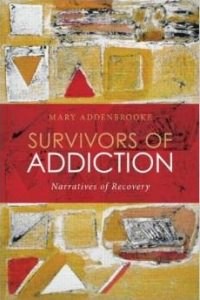
Mary Addenbrooke is the author of Survivors of Addiction, Narratives of Recovery, a Jungian perspective on the process of addiction and recovery
Addiction evolves from, first, the use of chemical substances (or other objects of addiction such as gambling) without necessarily causing any harm, then to what is termed misuse or abuse, where the activity does cause harm to the individual and to others, yet is still amenable, in varying degrees, to the will of the individual who still has some control over what he or she is doing. Addiction may then develop out of this stage, and is characterized by the inability of the individual to control what is happening. The implication is unequivocal. It is crucial for a clinician to determine to what extent the individual is still able, if at all, to exercise control over the object of his or her addiction.
Addiction is a tsunami to the psyche which dominates the person’s life, whether this is obvious to bystanders or not, in a destructive way. Even close brushes with death may fail to halt the sway of the addiction over the individual. Jung understood this, but was afraid of being misunderstood in the matter of talking about evil.
The spiritual path in recovery from addiction
Sam Naifeh delineates the process of recovery as taking place at an archetypal level. He sees loss of containment as the hallmark of addiction, and believes that the self-help group process keeps the addiction contained so that a healing or recovery can take place. Underlying the Twelve Steps is the archetype of initiation in the form of containment, confrontation of the shadow, and finally the relinquishing of ego control, that is, of heroic qualities, in favour of the Self as the organising force within the psyche. He quotes William James’ Varieties of Religious Experience, “most conversion experiences, of whatever variety, do have a common factor – ego collapse at depth.” The Twelve Steps lead the individual to recognise and take responsibility for his or her personal shadow, and to make reparation for harm done during the addiction, provided that this does not cause even more damage. The Steps encourage an acknowledgement of a higher ordering principle at work within the individual, in sharp contrast to the chaos and confusion of the addicted days.
Retrieving lost parts of the personality in recovery
Joseph Redfearn explored the concept of subpersonalities, or parts of the self, residing within the psyche. In addiction only the addict part of the personality has a chance to function, while other aspects lie dormant. This is why the addiction strikes those who know or care about an addicted individual as such a wasteful tragedy. The first days after stopping drinking or drug use are vital because of the need to prevent a relapse, and because precisely at this stage there is the possibility of laying the foundations for a more ordered life in which it is possible to retrieve aspects of the self lost during the addiction. This in turn may gradually lead to fresh growth and development. It may also represent symbolically a return of aspects of the person the “addict” had once been.
The wounded healer
The archetype of the wounded healer is embodied in people who have left their addictions behind and who, though damaged by their former addiction, work tirelessly to help others. As early as July 1939, four years after the founding of AA, Dr. William Silkworth, who had treated many of the members, presented the first medical paper written about the Fellowship. In his list of essential features of the new approach, he suggested that people “should, if possible, attend weekly meetings of the Fellowship and actively lend a hand with alcoholic newcomers.” The two founding members had found this in itself a help. One day when they visited an alcoholic patient in hospital, they asked if they might speak to him “for their own sakes.”
Of course, in practice simply being wounded does not make anyone a wounded healer – the route towards meriting that description is traditionally one of apprenticeship, learning and personal growth. The phenomenon of the wounded healer has appeared in different cultures from the earliest times. Jung not only wrote about it as an archetype, but experienced its truth for himself. From the start of his professional life he used memories and dreams as the bedrock of his understanding of his own functioning, and an awareness of his own shadow enabled him to flourish. The desolation he faced after he and Freud split and the subsequent time of his own breakdown, in which he came to terms with hitherto unconscious aspects of his personality, was also the time when he blossomed as an original thinker.
In Jung’s perspective on addiction, he was ahead of his time. Although he may not be given due credit for his ideas, many of them can be seen to underpin the approaches of treatment and rehabilitation today.


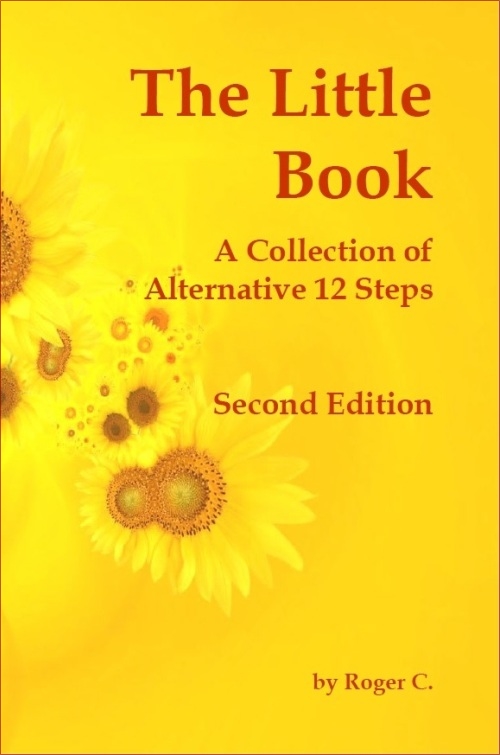
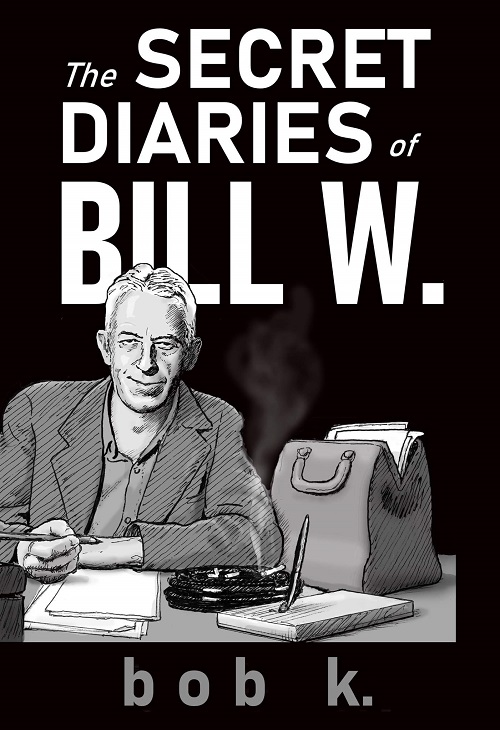
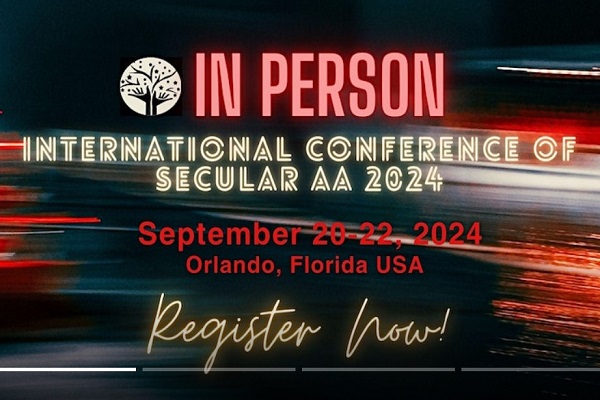


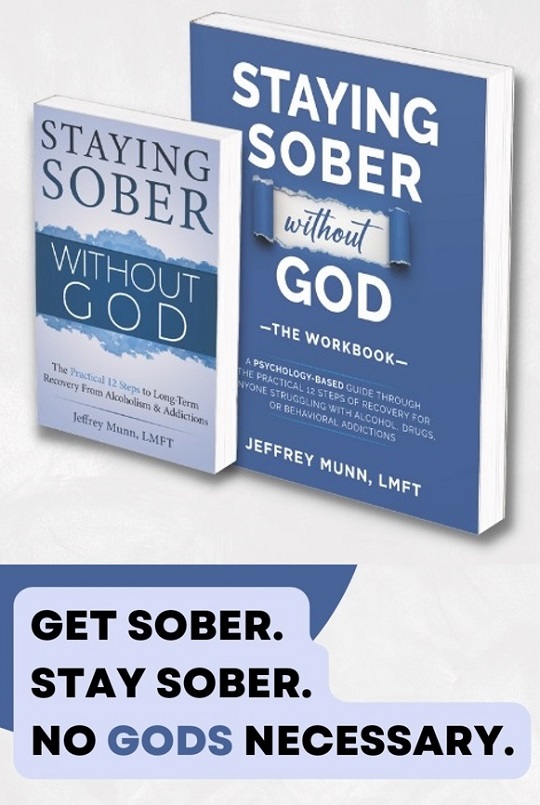
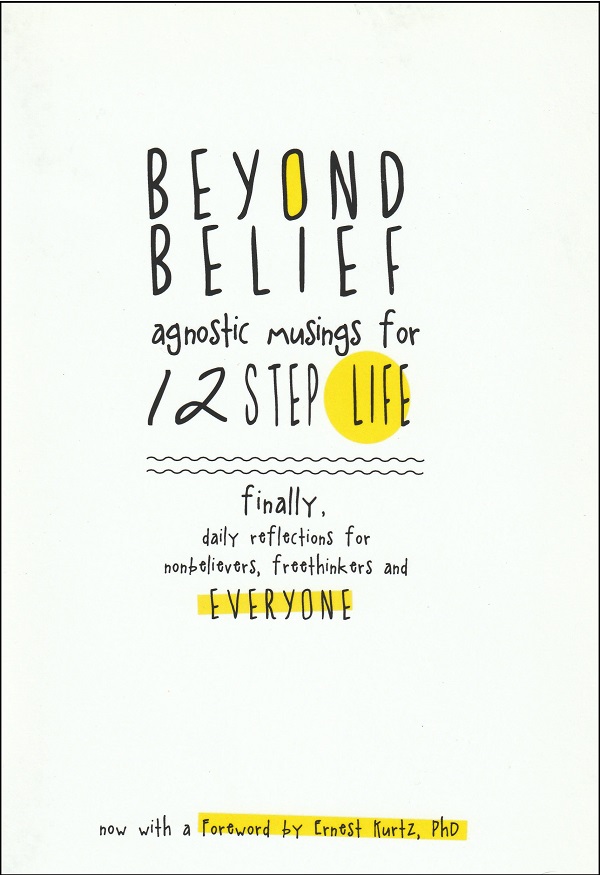


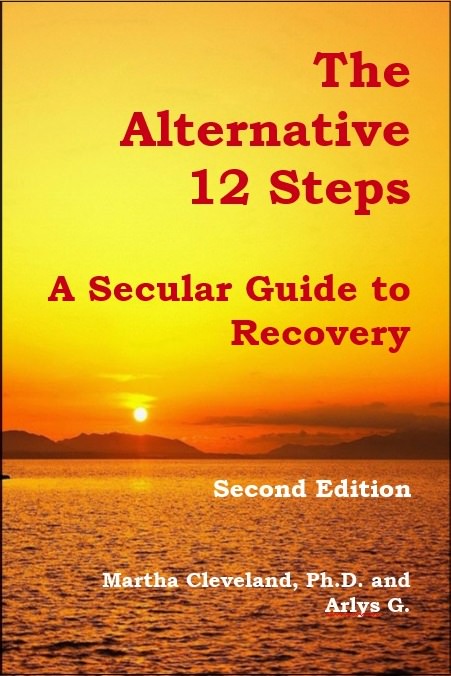



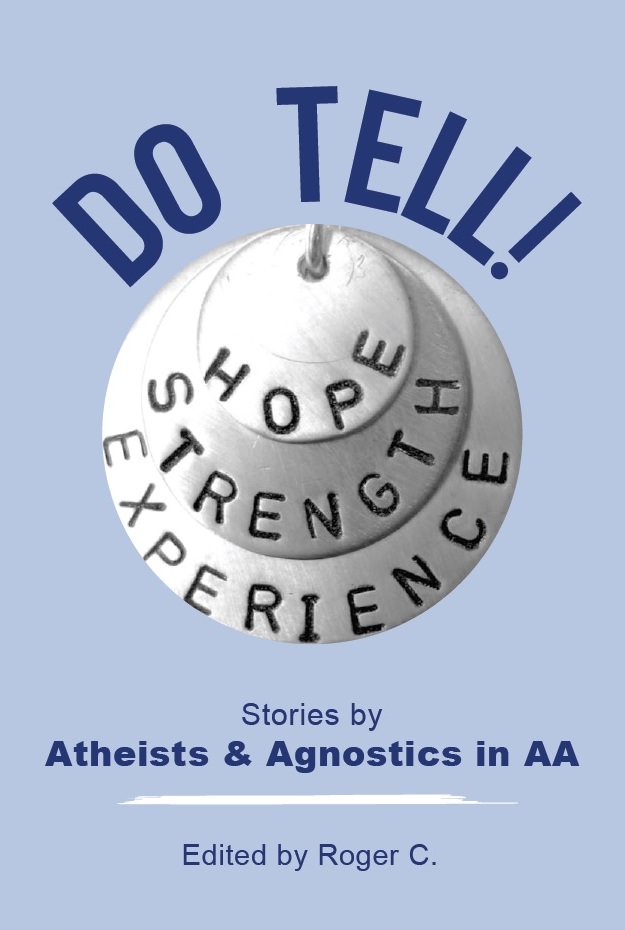
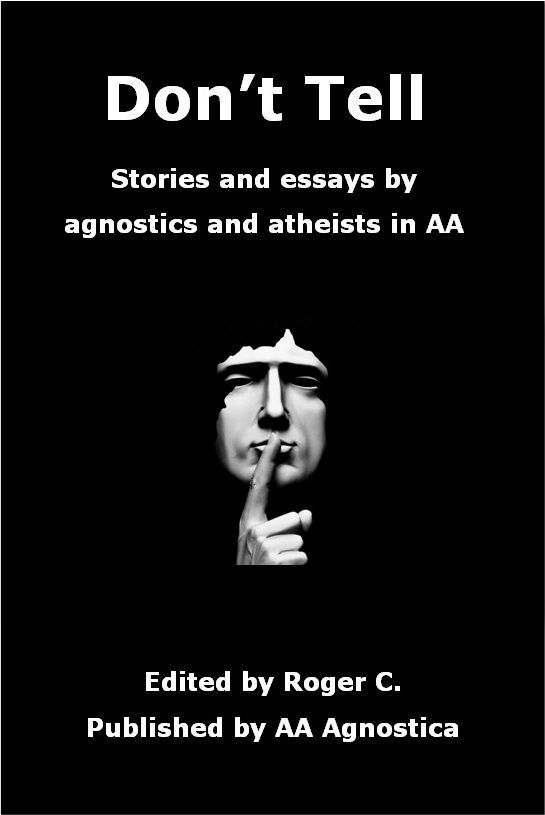




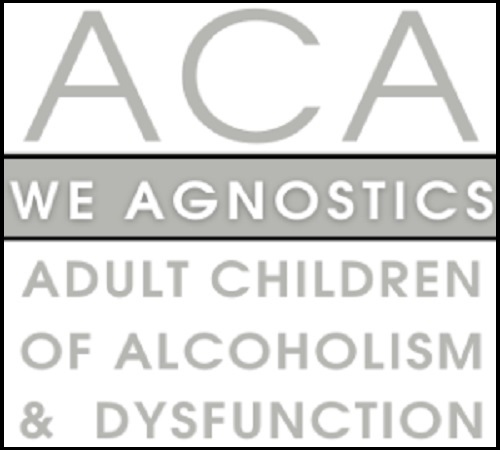


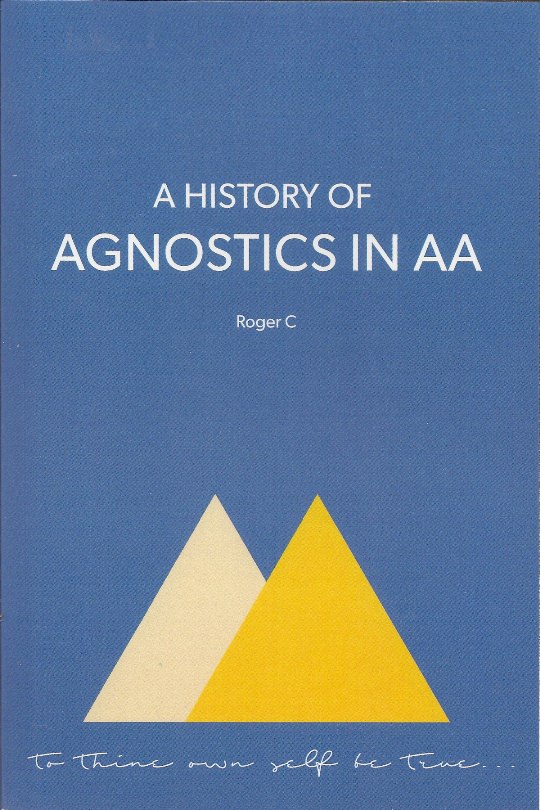
My farewell to the Episcopalian church was postponed for a couple of years by a local priest who’d trained originally as a Jungian analyst. He was great, but now’s he’s retired. Is there anyone in Dutchess County, NY, ideally near the village of Millbrook, who’d be interested in starting a group? My email is millbrookian@gmail.com. Thanks.
You should also click on the image below and fill out the form, John. Perhaps others looking to start an agnostic meeting in your area have already done so…

Wonderful followup, Roger, to Bob K.s article about Jung on Sunday. I’ve spent most of my life reading in psychology and I much prefer Jung’s ideas about the the various levels of consciousness than Freud’s or other early explorers into the mysteries of the mind. I am a firm believer in synchronicity and have experienced the numinous a number of times to include a “white light experience” the very first time I tried to meditate.
FASCINATING!!
Alcoholism, and other forms of addiction are indeed very interesting topics, as are the 12 Steps, and the history of AA. I’m surprised that more of us with a dog in the fight aren’t as enthralled with the subject as I am.
I think I’ll get Ms. Addenbrooke’s volume. “Key Players in AA History” also looks interesting. I may order several copies of that one!!
bob k
I get suspicious when a researcher can’t even get the names correct.
Is there any consensus whether Jung’s reply to Wilson immediately prior to his death was written by him or by his wife? What are the citations?
Indeed.
As I said in my previous post about Jung, I believe he was a pseudoscientist who was heavily into mysticism, spiritualism, astrology and like nonsense. In short, he was a pretty irrational guy who would probably fit right in at a traditional style AA meeting. I’m surprised and a little dismayed that he is presented so favorably on this website, which I’d like to think takes a rational approach to sobriety.
WOW!!! I was worried that I was harsh in presenting him a bit as a wacko. I thought the more positive second essay helped to strike a balance.
And I think it did, bob. Jung had some interesting and unique insights, worthy of consideration. But there is also that idea in AA for those who aren’t of the same view: “Take what you need and leave the rest”. A good idea, methinks.
Thanks for the post, Roger. More grist for the mill. Surely, there must be some grain among the chaff and makes for food for thought. Thanks again.